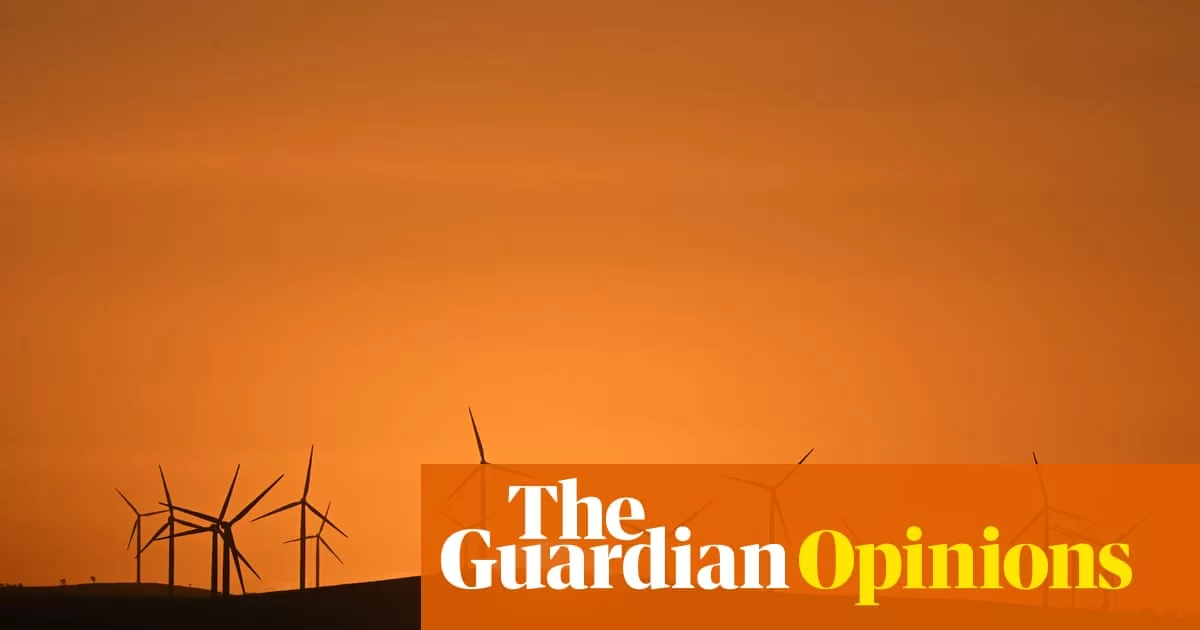
A shift toward nuclear power and a significant expansion of gas electricity would have stalled renewable energy investment at the worst possible time, potentially derailing Australia’s transition to a clean, modern energy system. This election was not just a political moment, it was a turning point.
This result might offer a much-needed shot in the arm for the clean energy sector, but this is no time for self-congratulation or complacency. Australia’s energy transformation is happening in country towns and centres right around the nation with windfarms, solar projects, battery installations and the transmission lines that connect them being built in regional and rural communities. These communities have legitimate concerns. While the benefits from the jobs, investment, upgraded roads and bridges will come, they also bear the brunt of change. It is our responsibility as an industry to do better by them.
That begins with honesty. We must acknowledge that renewable energy companies have not always engaged regional communities as well as they should have. While these companies contribute hundreds of millions of dollars to local benefit schemes, pay landholders and neighbours, and partner with councils, we must go further. Token consultation is not enough. We need genuine, sustained, two-way relationships built on respect, transparency and trust. The vast majority of renewable energy companies already do this to the highest of standards, but there are those few that don’t treat regional communities as they should.
The responsibility for the sector is creating local jobs, prioritising local businesses and exploring ownership models that give communities a meaningful stake in projects. It means engaging early and respectfully with First Nations peoples and being transparent about the impacts of renewable developments while ensuring benefits flow fairly to the people who host them.
This approach isn’t just about fairness, it’s essential to our success. Without social licence in the regions, the energy transition will slow down or fracture. With it, we can build a system that is not only cleaner and more reliable, but also more equitable.
The federal government has set an ambitious target of 82% renewable energy by 2030. Reaching that target will be challenging, but it’s achievable. And now, with a clear political mandate, the investment community can proceed with renewed confidence. One important tool at the government’s disposal is the capacity investment scheme, which helps de-risk projects and provide the certainty investors need to back renewable generation and storage. It’s the bridge we need to transition smoothly as ageing coal-fired power stations exit the system.
after newsletter promotion
To ensure a stable and reliable grid, energy storage must become a top infrastructure priority. Batteries are the unsung heroes, capturing surplus solar and wind energy when generation is high and releasing it when demand peaks. Australia is already a global leader in large-scale battery deployment, with flagship projects such as the Waratah Super Battery in the Hunter Valley and Tesla’s Hornsdale Power Reserve in South Australia proving that batteries can maintain grid stability and prevent blackouts. But we need many more of them, and quickly, as well as longer duration storage technologies and pumped-hydro.
We must also learn from the experiences of other countries. In Spain and Portugal, underinvestment in storage and poor planning have led to grid instability and economic consequences. Australia cannot afford to make the same mistakes. Every additional megawatt of storage brings us closer to a zero-emissions energy system that is not only clean but dependable.
Australians have spoken with clarity. We want a renewable-powered future backed by storage and pumped-hydro and supported, when necessary, by gas. Nuclear power is too slow, too expensive, too divisive and that debate has been settled at the ballot box. Still, achieving our clean energy goals will take more than policy and investment. It requires humility from the sector, collaboration across all levels of government and a genuine commitment to partnering with regional Australia.
The mandate is clear. Now, we must rise to meet it.
